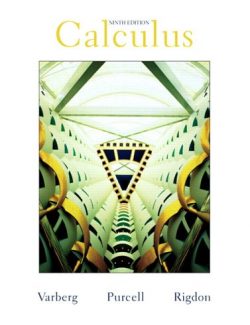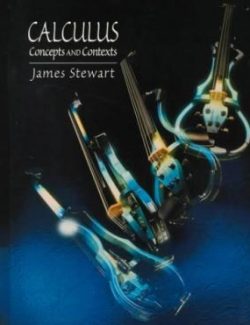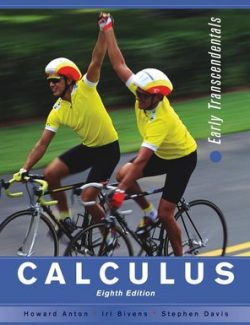Description
With a long history of innovation in the market, Larson/Edwards’ CALCULUS has been widely praised by a generation of students and professors for solid and effective pedagogy that addresses the needs of a broad range of teaching and learning styles and environments.
Each title in the series is one component in a comprehensive calculus course program that carefully integrates and coordinates print, media, and technology products for successful teaching and learning.
This new edition is now supported by WebAssign, the powerful online homework and course management system that engages students in learning math.
View more













Leave us a comment
1 Comment